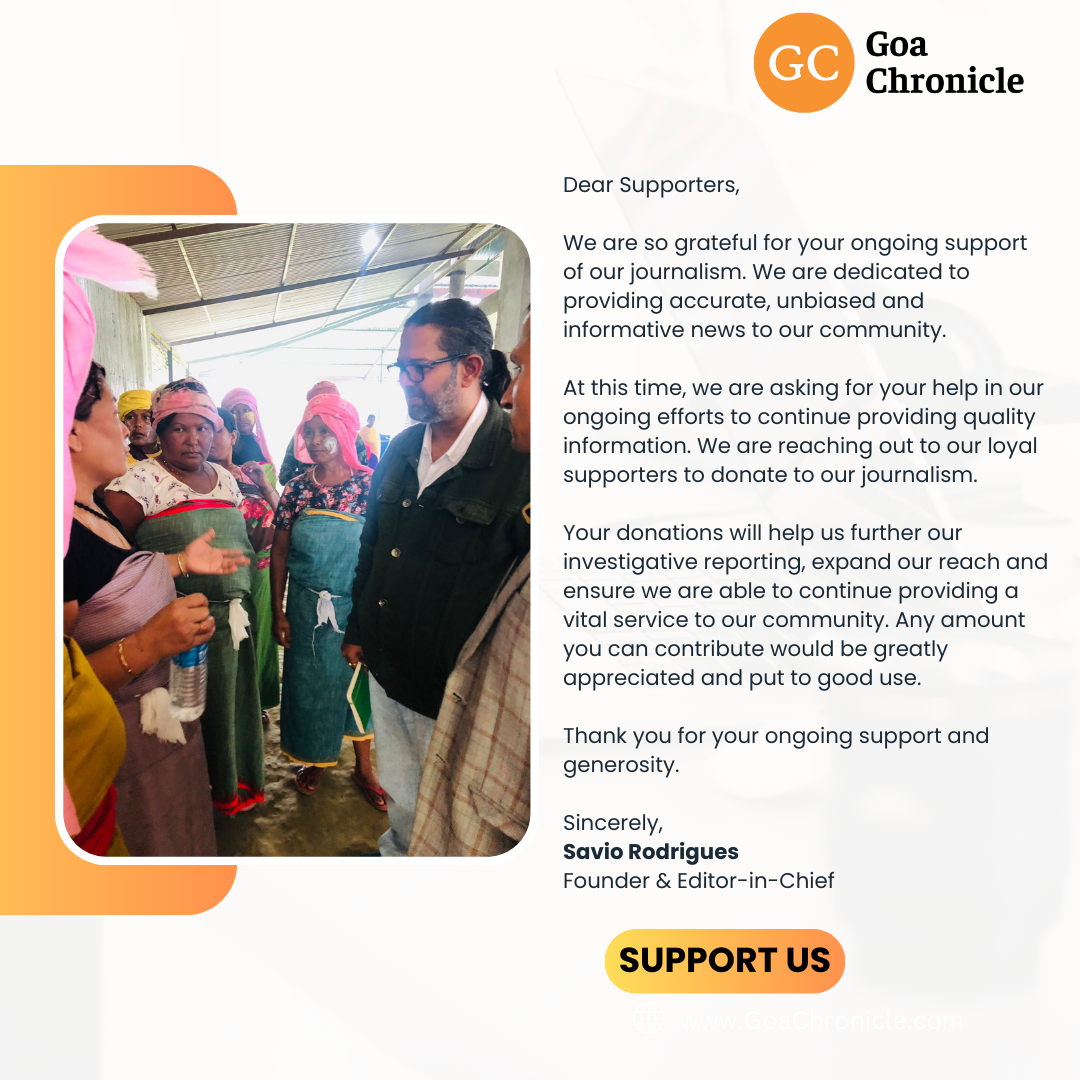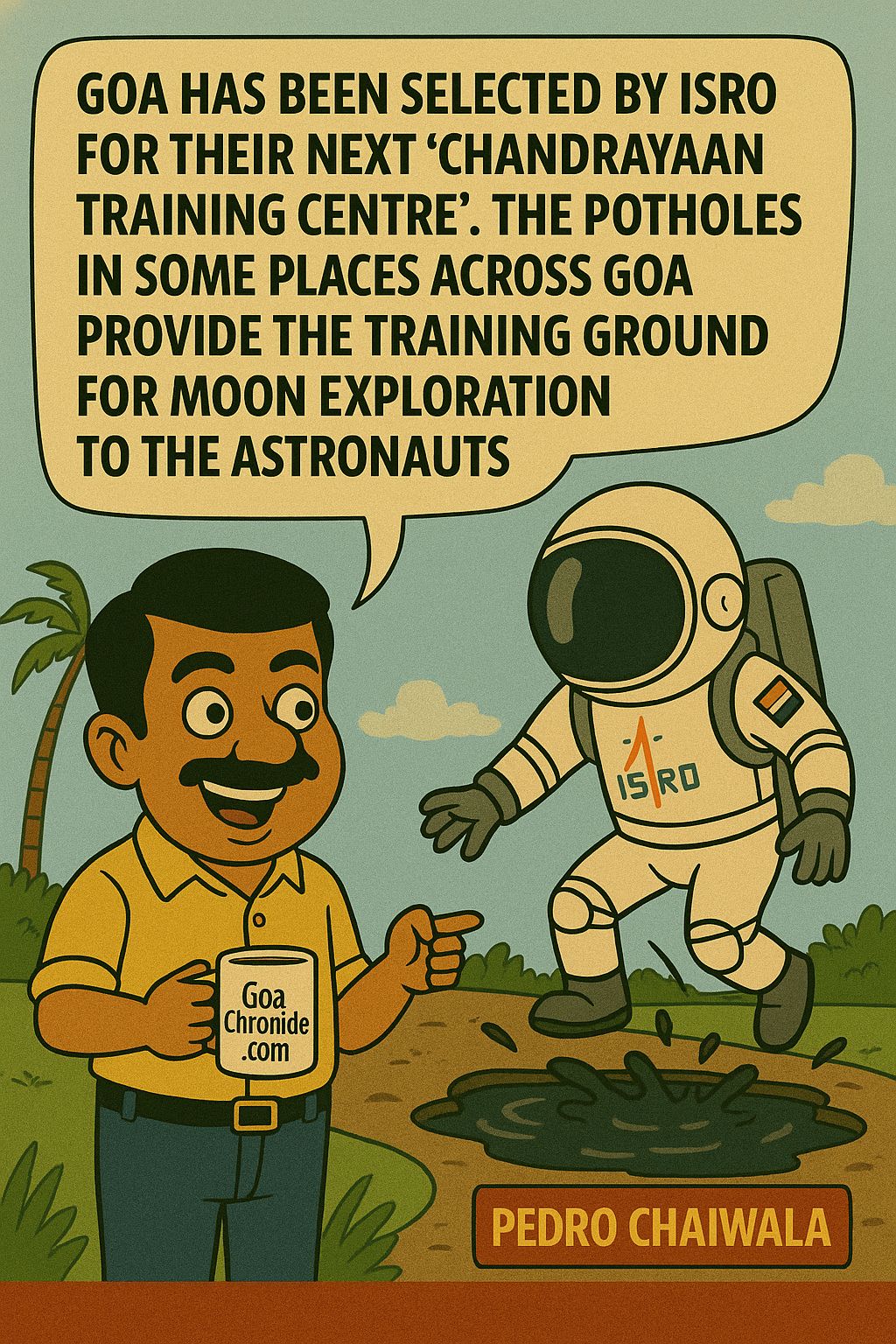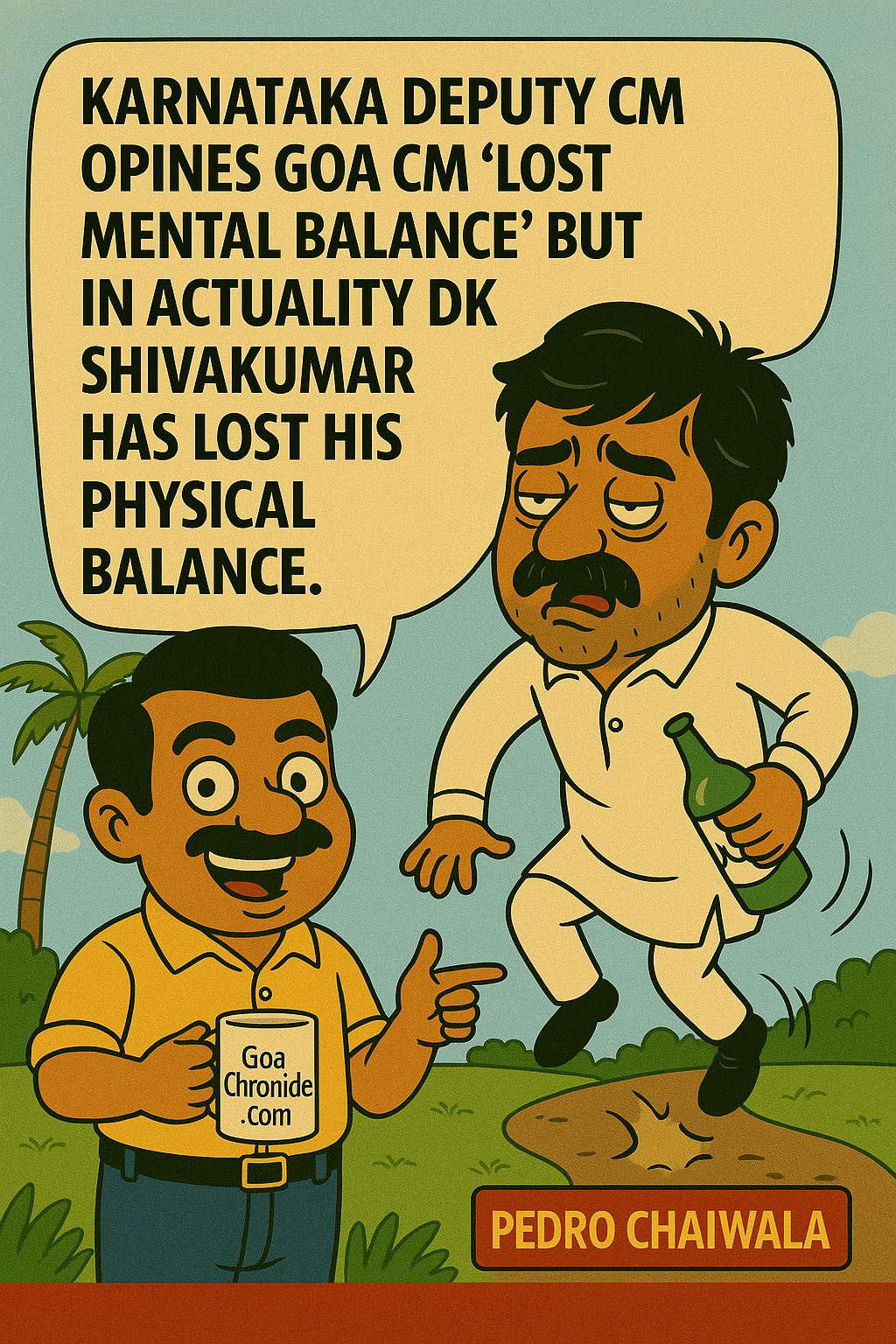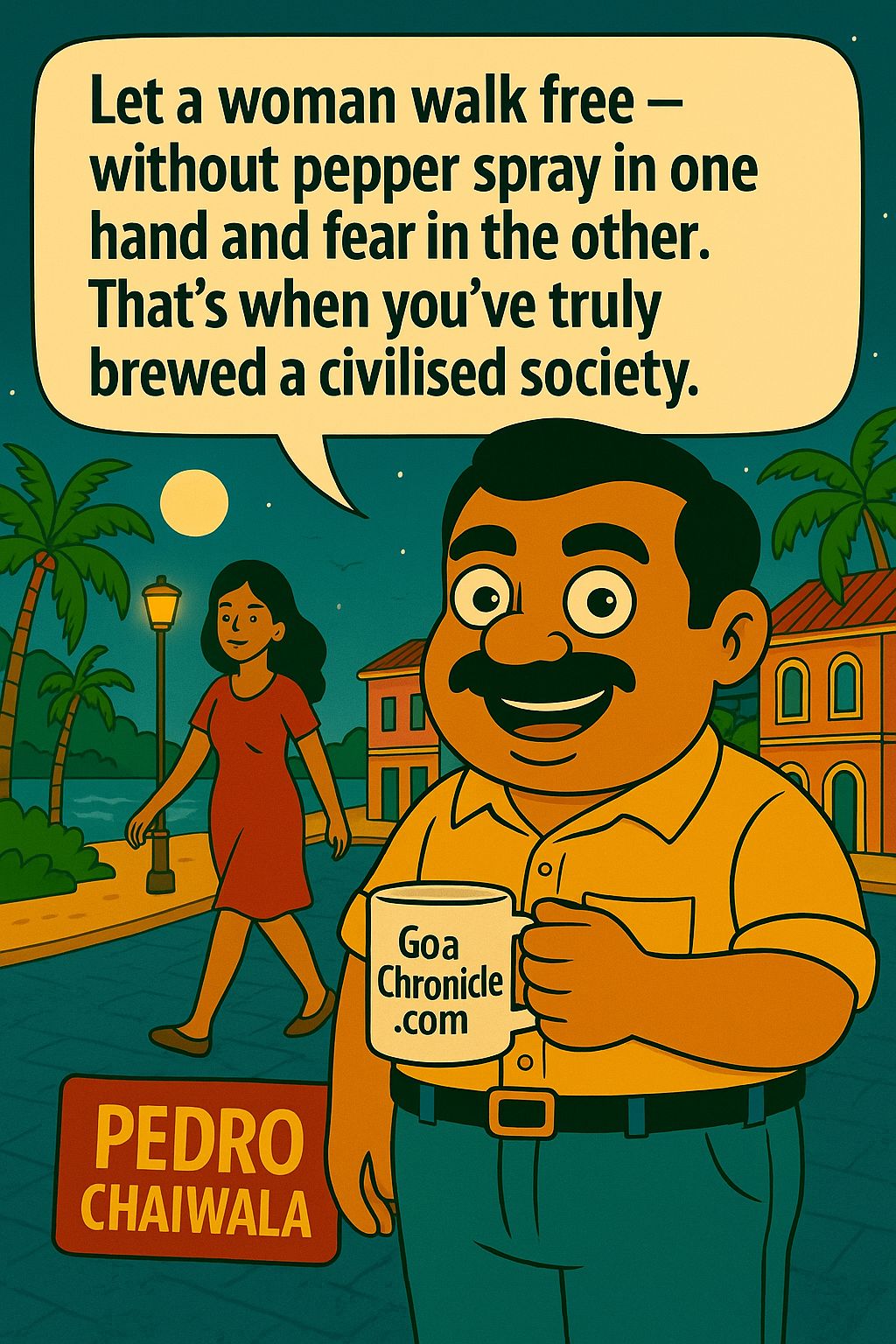Until India gets “One Nation, One Election” whereby all state assembly and municipal/panchayat and other local body elections are held simultaneously with the general elections to the Lok Sabha (LS), we will have to live with the phenomenon of frequent elections.
I wrote in my 13th book “Congress-Mukt Bharat” that India is the only major country in the world with a LS or Assembly election every 3-5 months. This has many disadvantages. About ₹1.6 lakh crore is spent every five years on LS, assembly or municipal/other local body elections. This includes expenditure in ‘black’ money. Thousands of government officers do election duty, leading to loss of lakhs of man-days. The work of security forces gets disturbed. Elected politicians waste time on campaigning. This includes the PM/CMs and Union/state ministers who we elect and pay to do work and not for electioneering. We must have ‘One Nation One Election’. Prime Minister Modi has been advocating it for quite a long time.
In the US, elections are held on the ‘First Tuesday after 1st November’ in every even-numbered year. There is a Presidential election every four years in the same year as the Olympics (2016, 2020, 2024). Elections for the U.S. Senate (Upper House) are held every six years and the U.S. House of Representatives (Lower House) every two years. In November 2020 for example, every American had several ballots. Everyone had the Presidential ballot. Depending on the state/county/city one could also vote for a U.S. Senator, a U.S. Representative, state Governor (similar to CM in India), state Senator, state Representative, Mayor of a city, City Councilmen, Police Chief/Sheriff, U.S./State/District Attorney, or some other post. In some states, a citizen could also be voting on issues, rather than just electing candidates. The issue could be—“Should Uber be banned in your city?” or “Should a shopping mall be built in a particular location?” Governments complete full terms, defections are not allowed, and if an elected official dies, the seat remains empty till the next scheduled election. No ifs, no buts!
India used to have simultaneous LS and state elections until 1967, but the cycle got disrupted with the dissolution of some assemblies in 1968 and 1969, after which ‘mid-term elections’ became the norm.
In March-April 2021, India had elections for the state/UT assemblies of West Bengal, Tamil Nadu, Kerala, Assam, and Puducherry. Put together, these four states and one UT contribute 116 seats to the Lok Sabha, or about 21.4% of the total LS seats.
The next round of assembly elections will be held in February-March 2022 in Uttar Pradesh (UP), Punjab, Uttarakhand, Goa, and Manipur, which together contribute 102 seats (~18.8%) of LS seats, and this article pertains to these elections, though I will also write a separate articles on Goa alone, considering that this is the Goa Chronicle.
Between these February-March 2022 state elections and the general elections (for the LS) due in April-May 2024, we will have four more rounds of state assembly elections: (1) Gujarat and Himachal Pradesh in November-December 2022 (~5.5% of LS seats); (2) Meghalaya, Tripura, and Nagaland in February 2023 (only 0.92% of LS seats); (3) Karnataka in May 2023 (~5.2% of LS seats); and (4) Madhya Pradesh, Rajasthan, Telangana, Chhattisgarh, and Mizoram in November-December 2023 (~15.3% of LS seats). I hope that some sense will prevail amongst political parties and they will allow at least (2) and (3) to be combines, considering there was only a 74-day gap between these elections the last time they were held in 2018.
Put together, the state elections from now till the general elections will give somewhat of the political mood of the people for about 45.7% of the total Lok Sabha seats, although trends in the last 8-9 years have shown that Indian voters have started voting differently in state and national polls.
Leading Indian research agency CVoter (Center for Voting Opinions and Trends in Election Research) conducts ongoing “Mood of the Nation” political surveys or polls on a weekly basis throughout the year, with a sample size of 3,000 respondents per week. The data here is from their latest poll which ended on September 4, 2021. I have created the graphs after excluding people who answered “Don’t Know/Can’t Say” to each of the questions, and then diving the remaining responses in proportion.
The first and probably most important question is the public satisfaction with the work of the Modi Government.
Keeping in mind that this poll comes in the background of the Anti Modi Brigade’s propaganda that Prime Minister Narendra Modi has had two recent major failures—agriculture sector reforms and management of the Covid-19 second wave—the 67.9% ‘approval rating’ for the ‘Modi Sarkar’ is more than remarkable. This has seen a 9.9% jump from 61.8% approval on May 31, 2021.
Among the five states going to the polls in February-March 2022 (UP, Punjab, Uttarakhand, Goa, and Manipur), the positive rating for the Modi Sarkar is highest in Goa at 71.9%, followed by UP at 68.8%, Manipur at 66.6%, and Uttarakhand at 61.4%.
The Central Government’s rating was the lowest in Punjab at only 31.5% (it was 34.1% in May 2021). Obviously, the farmer agitation has taken its toll on Punjab, and the BJP can forget about winning any seats in the upcoming Punjab assembly elections. The party won just 3 out of 117 seats in 2017, compared with 23 in 2012.
The next question pertains to the personal popularity of Prime Minister Modi, or rather the percentage of people who are satisfied with his work as India’s fourth-longest-serving prime minister, and the longest-serving PM who does not belong to the Congress party.
Here, there is no surprise that Modi’s national personal ‘approval rating’ of 69.7% (up from 63.7% on May 31, 2021) is higher than his government’s 67.9%, which has been the case throughout his 87-month term.
Among the five states named earlier, his personal rating was the highest in UP at 72.2%, followed closely by Goa at 71.8%. Manipur is third at 63.2%, and Uttarakhand is at the fourth position at 60%.
The PM’s rating was also lowest in Punjab at 40.1%, which is much better than his government’s rating in that ‘rich farmer’ state. It is also important to note that Modi’s rating in Punjab has gone up from only 35.6% in May 2021.
Modi’s approval rating has hovered between a low of 64% and a high of 72% during the same period as this poll was conducted, in American market research company Morning Consult’s “Global Leader Approval Rating Tracker”, which tracks the leaders of the world’s 13 largest economies (except China and Russia) on a weekly basis. Modi supporters and fans, or ‘Bhakts’ as they are referred to fondly by the Anti Modi Brigade, will be pleased to know that Modi has been No.1 among these 13 world leaders every week for the past 21 months, if not longer.
I will now come to a set of four questions which are more important in deciding the outcome of state assembly elections than the popularity or approval ratings for a prime minister or his government.
These pertain to the approval ratings of the state’s chief minister (CM), the leader of the opposition, the local MLA, and to a lesser degree, the MP or Member of Parliament (Lok Sabha).
It is very clear from these results that Goanese people are by and large happy and satisfied, as the three green boxes show. I will cover Goa in more detail in a separate article.
On the other hand, Punjabis are frustrated with God knows what. They don’t seem to be satisfied with almost anyone. One can understand that they are dissatisfied with their Congress CM, Congress MP (8 out of 13 state MPs), and Congress MLA (77 out of 117 state MLAs), but then even the opposition leader in the state, Sukhbir Singh Badal of the Shiromani Akali Dal (SAD) does not seem to make them happy. The same CVoter poll shows that there will be a hung assembly in Punjab, with Aam Aadmi Party (AAP) emerging as the single largest party with 51-56 seats. The poll predicts 38-46 seats for the Congress, 16-24 for the SAD-BSP alliance, and 0-2 for others, including the BJP. A party/alliance will need 59 seats to form the government and if AAP fails to get these, it will have to seek support from either the Congress or SAD+BSP. Both should be easily willing, just to avoid giving indirect control of the state to the BJP via President’s Rule.
The nature of these results also show us that the ruling party (BJP) in UP, Uttarakhand, and Manipur is not going to have smooth sailing. With a low approval rating of 53.3% for MLAs in the most important (and India’s largest) state UP which is going to the polls, the BJP will have to deny tickets to several sitting MLAs. The case is not much different in both Uttarakhand and Manipur.
Let us look at what several Opinion Polls are predicting for Uttar Pradesh.
Like I suspected, the going does not seem to be easy for the BJP-led NDA, as the average shows the NDA winning only 55.8% of the 403 seats. However, having been India’s leading SM pollster from 2016 to 2018, and thus a deep understanding of how polling works, I believe we need to exclude the poll by NK Digital magazine, which is what is termed as an ‘outlier’, since its numbers for the NDA and the Congress are very different from most of the others. Excluding NKDM, the NDA gets ~237 seats (58.8%), the SP+ alliance gets ~115, BSP gets ~32, Congress ~7, and theseats for ‘Others’ remain at ~11.
We next come to the approval ratings of Home Minister and former BJP chief Amit Shah, who is No.2 in the government as well as the party. He is the most likely BJP/NDA candidate for the post of PM when Modi retires in September/October 2025, on attaining the age of 75, a rule the PM has followed for all his ministers since the beginning of his first term. As we see here, Shah has an approval rating of 62.6%, which is a big jump from 56.4% in May 2021. Though this is much lower than Modi’s 69.7% and the Central Government’s 67.9%, it is still above the majority mark.
Among the five states, Shah’s rating was the highest in Manipur at 69%, followed by Uttarakhand at 64.1%, UP at a low 59.2%, and Goa at an almost borderline 55.7%, and Punjab at 30.3%.
Let’s move on to the one and only Rahul Gandhi. What’s wrong? Don’t Indians respect God anymore? Imagine, if 50.3% of Indians (a very slight improvement from 50.5% in May 2021) are ‘not satisfied’ with this dynast even as an opposition leader, what would be the situation if he was the PM of our country?
Among the five states, he only got a positive rating in Manipur, at 52.3%. In the other four states, Rahul got a negative rating—45.6% in UP, 41.4% in Goa, 40.2% in Punjab, and a pathetic 33.8% in Uttarakhand. Except in Punjab, where he got a higher rating than Chief Minister Captain Amarinder Singh as well as MPs, in all other cases, Rahul’s rating is lower than CMs, opposition leaders, MPs, and MLAs.
Next I am going to talk about the poll question which makes the headline of this article. Yes, Narendra Modi still remains the most popular choice to get elected again as the next PM, if elections were held today. However, his numbers have fallen from 50.7% in May 2021 to 49.7% now.
Rahul Gandhi is a distant second, with just 13.44% (down from 13.95% in May). Arvind Kejriwal is third with 8.92% (up from 7.79%), former PM Dr. Manmohan Singh is fourth with 6.18% (down from 7.85%), while UP Chief Minister Yogi Adityanath is fifth at 3.33% (up from 2.5%).
The Table below gives the break-up of the voters’ choice of India’s next prime minister in the five states going to elections in the next five months.
See how 22.3% of Punjabis want the 89-year-old Dr Manmohan Singh (who will be almost 92 when the next PM takes office) as their choice. A whopping 29.6% actually voted for ‘Can’t Say”, again showing how fickle Punjabi voters are.
As many as 33.2% want Arvind Kejriwal as PM, even though he has completely botched up management of one of India’s smallest states (Delhi), where many subjects such as law & order are not even the responsibility of the state government. For example, GoaChronicle Editor-in-Chief Savio Rodrigues and I have proved in our bestseller “Modi Stole My Mask” how Kejriwal mismanaged the second wave of Covid-19 in Delhi.

As per the survey, in an American-style two candidate election (also prevalent in over 55 other countries) between Modi and Rahul Gandhi, on an all-India basis, Modi with 56.4% of the votes (up from 55.4% in May) beats Rahul with 33% (down from 33.2% in May) fair and square. If we remove the ‘None of them’ votes (as there is no third choice in most countries), Modi gets a whopping 63.1% majority, with Rahul only managing 36.9%. It must be noted that the numbers for Rahul are only the anti-Modi votes, as the previous question showed him getting only 13.4% when there are several choices.
A huge 39.4% of Punjabis said ‘None of them’ and 9.4% said ‘Can’t Say’. After excluding these two categories, Rahul beats Modi with a 19.3% margin.
Modi’s victory margin over Rahul in a direct contest is highest in Uttarakhand at 31.2%, followed by Manipur at 21.3%, Goa at 19.1%, and UP at 17.8%.
The next set of questions pertain not to a party, a government, or a leader, but to the situation in the nation, and how it has impacted the lives of Indians.
The first one is about the respondent’s living standard in the last one year.
Only 18.4% said that his or her living standard has improved in the past year, (17.4% in May) while 25.6% said it has remained the same (27.8% in May) and 56% said it has worsened (54.8% in May).
This is not surprising, considering how severely the COVID-19 pandemic has impacted all economies of the world. How would India be any different?
The next question was about hope for the future. What do people feel about how their living standard will be in the next one year? Here, the answers were a lot more positive, with as many as 45.9% being hopeful of an improvement (41.9% in May) as against 10.6% saying it will remain the same (14.3% in May), and 38.1% still being gloomy (43.8% in May) about the future. Overall, it is good to know that 61.9% of Indians are not thinking too badly about their future.
What is the biggest problem that the nation is facing today? What would you say? See how the answers have changed in the past 95 days.
Unless there is a mistake in the CVoter data, I fail to understand how “Farmer/Agricultural Issues” have gone up from just 3.9% to 18.1%. If the18.1% figure is right, Modi’s party and government have both failed to communicate the benefits of the agriculture sector reforms to large sections of society, something that the PM himself agreed with when GoaChronicle Editor-in-Chief Savio Rodrigues and I met him a month ago.
The aggressive opposition to the farm reforms and the ongoing foreign money-fuelled farmer agitation is because yet another source of corruption has been removed by Modi. Commission agents’ fat profits and monopolies will become history, and state governments (especially Punjab and Haryana) will lose sizeable revenue from mandi fees. These ‘interest groups’ have convinced many uneducated or gullible farmers that the new laws will end the government’s MSP support and thus harm them. Only 6% of Indian farmers sell on MSP. Should the welfare of 94% be sacrificed for this 6%?
The reforms will drastically increase the profitability of Indian farmers. As in any other industry, once profit is earned, it will be reinvested back for generating better quality and quantity of produce. They won’t just transform the agricultural sector, but the entire rural economy.
If you want to better understand this issue of the farm reforms and why some vested interests are opposing them, read my book Congress-Mukt Bharat which you can buy on Amazon.
It is completely understandable that Covid-19 is a ‘less important’ issue today for the bulk of the population. ‘Rising Prices’ and ‘Income / Economic Status / Poverty” were two different categories in the May poll and totalled 17.3%; now they are at No. 1 at a whopping 30.4%. Even ‘Unemployment’ has risen sharply, from 18.2% in May to 24.5% in September.
In conclusion, it is clear that, despite the best efforts of Rahul Gandhi, Arvind Kejriwal, Mamata Banerjee, and the rest of the Anti Modi Brigade (including of course the Leftist media), Modi’s image has not been hurt much by issues other than the farmer protests, rising prices, and unemployment.

Read my Other Articles
[feed url=”https://goachronicle.com/author/amit-bagaria/feed/” number=”5″]
DISCLAIMER: This article reflects author’s view point. Goa Chronicle may or may not subscribe to views of the author.








































